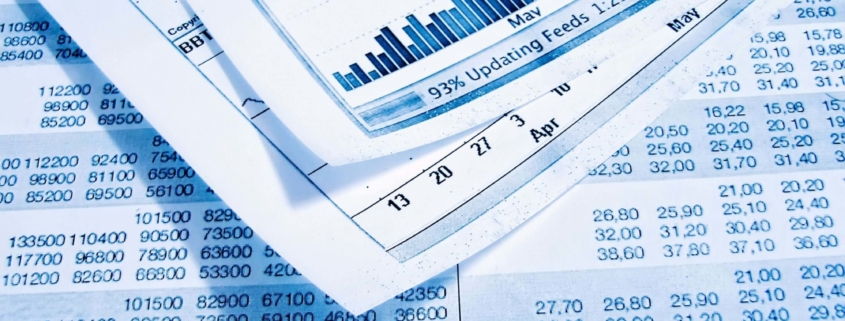Unveiling Financial Precision: A CFO’s Guide to Data-Driven Forecasting Mastery
Introduction:
In the grand spectacle of the traveling circus, the fortune teller’s tent held a mystique, offering glimpses into the unknown through a crystal ball. Similarly, financial forecasting is often likened to crystal ball gazing, fraught with uncertainties that obscure the path ahead. This article delves into the art of increasing the accuracy of forecasting through the lens of data.
Navigating Financial Accuracy:
In the modern finance landscape, Chief Financial Officers (CFOs) assume the role of navigators, steering their organizations through the tumultuous waves of economic dynamics. This strategic responsibility goes beyond mere numerical predictions, influencing resource allocation, decision-making, and the overall financial health of the organization.
The Imperative of Data:
At the heart of reliable forecasting lies the foundation of meticulous, high-quality data. Amidst the digital deluge of contemporary business, data streams—both internal and external—stand as critical navigational tools. However, the significance of data is contingent on its curation and analysis, presenting a challenge. Historical financial data, while rich in insights, often provides a limited narrative due to its modest sample size. Analyzing revenue, expenses, and profits over a mere 5-6 years offers a basic story of the company’s evolution. Yet, when this data shapes forecasting, the inherent constraint of a small sample size introduces a margin of error that undermines the accuracy these predictions seek to achieve.
Amplifying Accuracy through Abundance:
Enter the pivotal role of larger data sample sizes—an antidote to the limitations posed by small datasets. Envision an industry ecosystem bustling with 300 diverse actors, each contributing to the vibrant symphony of economic interactions. If the scope of analysis expands beyond individual company boundaries to encompass the broader industry canvas, a tapestry of insights emerges. Expanding the horizon of investigation, annual revenue figures amass into a formidable ensemble of 300 data points—a stark contrast to the solitary data point distilled from internal records. This enhanced dataset not only provides a panoramic view but also transforms forecasting into a nuanced art, rendering forecasts more resilient against the pitfalls of limited data.
Conclusion:
In an era where business’s pulse is deciphered through algorithms and analytics rather than crystal balls, the need for larger data sample sizes emerges as a critical clarion call. CFOs, standing at the crossroads of financial stewardship and strategic foresight, are compelled to harness the power of expansive data landscapes. This augmentation doesn’t merely refine predictions; it fosters a profound evolution in the accuracy and reliability of forecasts. As the curtain falls on the fortune teller’s tent of yore, the legacy of divining the future persists, now animated by the robust realm of comprehensive data analytics. It’s no longer about gazing but about engaging with data’s panoramic vistas to navigate the complexities of financial futures.









